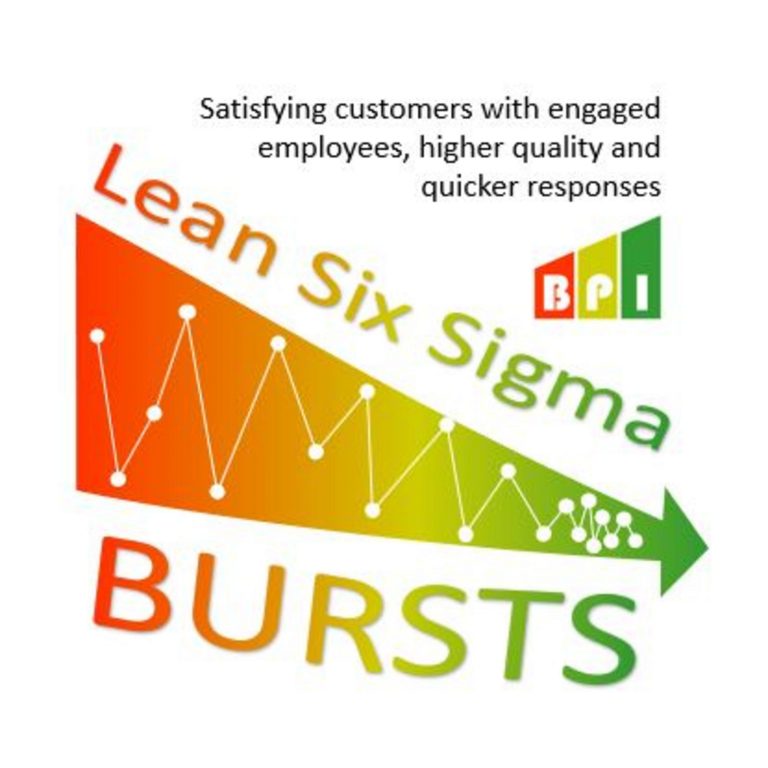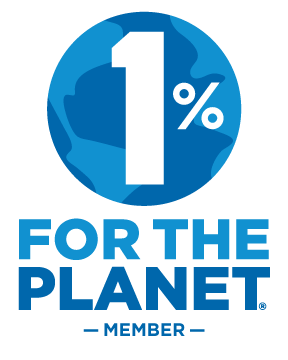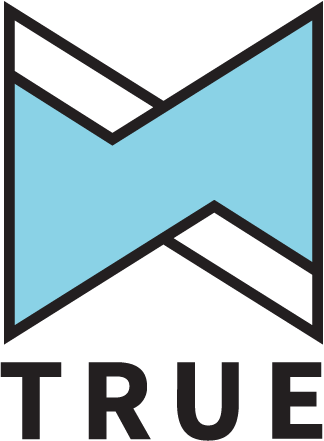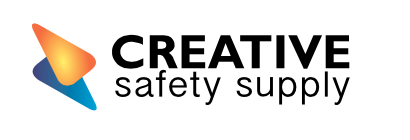Lean Six Sigma Tools and Templates
Here is a list of most of the tools and templates you may need for process improvement projects and events. You can also look at our many free templates for download.
If you need help with any of these approaches, or would like some training on these tools and methods, check out our Lean Six Sigma coaching program.
Whether you’re conducting a formal Six Sigma project or Lean event, let’s start with some common types of improvements that we see.
Common Improvement Ideas
- Six simple business improvement ideas (download)
- Training and Standard Work
- Training Within Industry (template)
- Cross-training Matrix (template | podcast)
- What to do if you have excess resources after improvement?
- Waste Elimination (podcast) and Standardized Work (course | book)
- Improve flow (takt time for hiring employees)
- Reduce bottlenecks with Theory of Constraints (TOC) (podcast)
- Establish pull and kanban systems (course | book)
- Eliminate/combine steps (ECRS and SPACER) (podcast)
- Reduce setup time (SMED)
- Reduce batch sizes (batching vs one piece flow) (article | podcast)
- Level loading
- Rearrange work sequence and layout (U-shaped cell, single stall systems)
- Reduce floor space
- Reduce travel distance (article)
- Eliminate inspection and testing (article | podcast)
- 5S workplace organization (assessment | green your 5s event)
- Multi-voting and solutions matrix (video)
- Visual Management
- Mood magnets
- Andon Lights
- Kanban (size calculator template)
- QDIP (SQDC) Sheets (template | podcast)
- Behavior Change using the Influencer model (article | podcast)
Six Sigma Project
Projects are ideal for improving quality, reducing defects, variation reduction, transfer functions and prediction modeling, conducting experiments, and solving more complex problems. In addition, with completion of training and an improvement project, you can earn a Green Belt or Black Belt certification (why do Black Belts get paid so much?)
We recommend using the DMAIC roadmap for your improvement project (“What is DMAIC?” video | “What is DMAIC?” podcast)
Preparation (selecting a potential project)
- Here are some project examples and ideas to consider
- Project Prioritization (video and template | podcast)
- Pre-project data collection (podcast #1 | podcast #2)
Define (defining a problem to improve and launching a project)
- DMAIC Project Checklist (template)
- Voice of Customer (VOC)
- Project Charter (template | podcast)
- Cost of Poor Quality (COPQ) (training slides | podcast)
- Calculate baseline sigma level (optional) (article)
- Criteria for good Six Sigma projects
- Good sample sizes to be able to measure the process before and after any changes
- Management support of the problem (impactful to the business with an aggressive goal)
- Openness to follow the data (no solutions determined or finalized yet)
- The right team members available to help on the project
- Proper scope (not “boiling the ocean”)
- Time commitment given by your management for you to support the project
- Influence to be able to make changes to the process (helping another department or a supplier can be challenging)
Measure (reviewing the current process, observing, interviewing employees and validating data)
- Process Mapping
- Process Variables Mapping or Input Process Output Variables Analysis (article)
- Process Flow Diagram
- Swimlane Map
- Value Stream Mapping (VSM)
- Data Collection
- Statistical Methods
- Mean and Median (podcast #1 | podcast #2)
- Range and Standard Deviation (podcast)
- Sampling and sample size (podcast)
- Distribution Fitting
- Normal (Gaussian) distribution
- Nonnormal distributions (lognormal, Weibull, etc)
- Pareto Chart (article)
- 8 Types of Waste (TIM WOODS) (slides)
- Gemba Walks (article)
- Failure Modes and Effects Analysis (FMEA) (training slides | template | tips and tricks article)
- Measurement System Analysis (MSA) (training slides | course)
- Gage Repeatability and Reproducibility (R&R) Studies (template | article #1 | article #2)
- Attribute Agreement Analysis (Article)
- Capability Analysis (Cpk/Ppk) (training slides | article #1 | article #2)
- Taguchi Loss Function (podcast #1 | podcast #2)
- Capacity and Throughput Analysis
Analyze (getting to the root cause or quantifying the primary variation sources)
- Root Cause Analysis (“What is Root Cause Analysis?” video | training slides | article)
- Cause and Effect (Fishbone) Diagram (article)
- 5 Why’s
- Statistical and Graphical Analysis
Improve (implementing changes to the process and validating with data)
- See common improvement ideas above…
- Design of Experiments (DOE) (course)
- Hypothesis Testing (podcast)
- Calculate p-values and critical values for statistical tests (Statistical tables) or use a statistics software like Excel, Minitab or JMP or SigmaXL
- Hawthorne Effect (article | podcast)
Control (ensuring long term results and data monitoring plan)
- Types of controls (podcast)
- Process Control Plan (Green Belt training)
- Statistical Process Control (SPC) (training slides | advanced course | article | podcast #1 | podcast #2 | software)
- Continuous Data
- Individuals and Moving Range Chart (template #1 | template #2)
- X-bar and R/S Chart
- CUSUM Chart (template)
- Attribute Data
- P/NP and C/U Charts (template)
- Continuous Data
- Daily Management System (huddles) (article | podcast)
Report (quantifying hard and soft financial impacts and customer results)
- Project Documentation (template)
- Hard vs Soft Savings (“Calculating Financial Savings” video | article | podcast #1 | podcast #2)
Kaizen Burst or Rapid Improvement Event
Lean events are ideal for quickly moving through a project, but getting the right people in a room (or virtually) who are dedicated and empowered to resolving a well-defined problem.
Which lean event type should I do first, Value Stream Mapping or Kaizen Burst?
There are two primary kaizen or rapid improvement events (kaizen and kaikaku defined):
Decide if you want to have a planning event or working event (podcast)
- Planning Event
- Process Mapping – lower level process
- Value Stream Mapping – from customer request to customer receipt
- Outcome is a list of actions items to be completed AFTER the event
- Working Event
- Kaizen Blitz – working session to resolve major problem in a process area
- 80% of actions completed DURING the event
- “What is a kaizen event?” video
- Green your lean event article
To begin planning an event, the first decision is to decide what type of event to conduct. If you are looking for immediate results and have clear problems you want to resolve, select the kaizen blitz event.
If you want to evaluate the process to determine where improvements need to be made, then a planning event should be conducted. There are other benefits of a lean event besides the improvements >>>
Here is the general process for conducting an event:
- Define event deliverables
- Plan-Do-Check-Act (PDCA) Improvement Model (podcast)
- Process Mapping – Current State Value Stream Map, Future State Value Stream Map, 90-day Action Plan
- Value Stream Mapping – Current State Map, Ideal State (article), Future State Map, Action Plan, 90-day Action Plan
- Kaizen Blitz – Current State Map, Future State Process Map, Actions completed (80% during event), 30-day Action Plan (20% remaining)
- “What is a kaizen event?” video
- 5S Workplace Organization (training slides | electronic 5S course | assessment tool | 5s and KonMari article | Green your 5S event | books | products | electronic 5S course | red tags | pegboard organizer)
- Complete Lean Event Planning sheets
- Schedule event dates
- Confirm attendance to event
- Event preparation kickoff and follow-up
- Prep training before event
- Event Plan
- Gemba Walk (Energy Treasure Hunt)
- Current State Map
- Ideal State Map (article | podcast)
- Implementation Plan
- See common improvement ideas above…
- Report Out
- What to do if you have excess resources after improvement?
- 30-60-90 Day Action Plan
Lean Transformation
Ideal for selecting a product or service family, determing the goals and objectives to improve performance, and using value stream mapping to understand the entire system, capture current, ideal and future state maps, then apply process improvement tools through a series of kaizen blitz events.
What is a Value Stream Map (VSM)?
- Define the product or service family you’d like to focus on
- Not sure? Consider creating a Product Family Matrix
- Create a SIPOC diagram
- Create a VSM Event Charter
- Schedule a VSM event
- Prepare for the VSM
- Conduct the VSM event (video)
- Capture results after 6-12 months
- Repeat, or identify another product or service
If you need help with any of these approaches, or would like some training on these tools and methods, check out our Lean Six Sigma coaching program.
We also offer many free templates for download >>>











 Lean Six Sigma Bursts
Lean Six Sigma Bursts







